10 Dividends That Are Slowing to a Screeching Halt
Like clockwork, a core appeal of dividend growth investing is receiving steadily higher payouts each and every year.

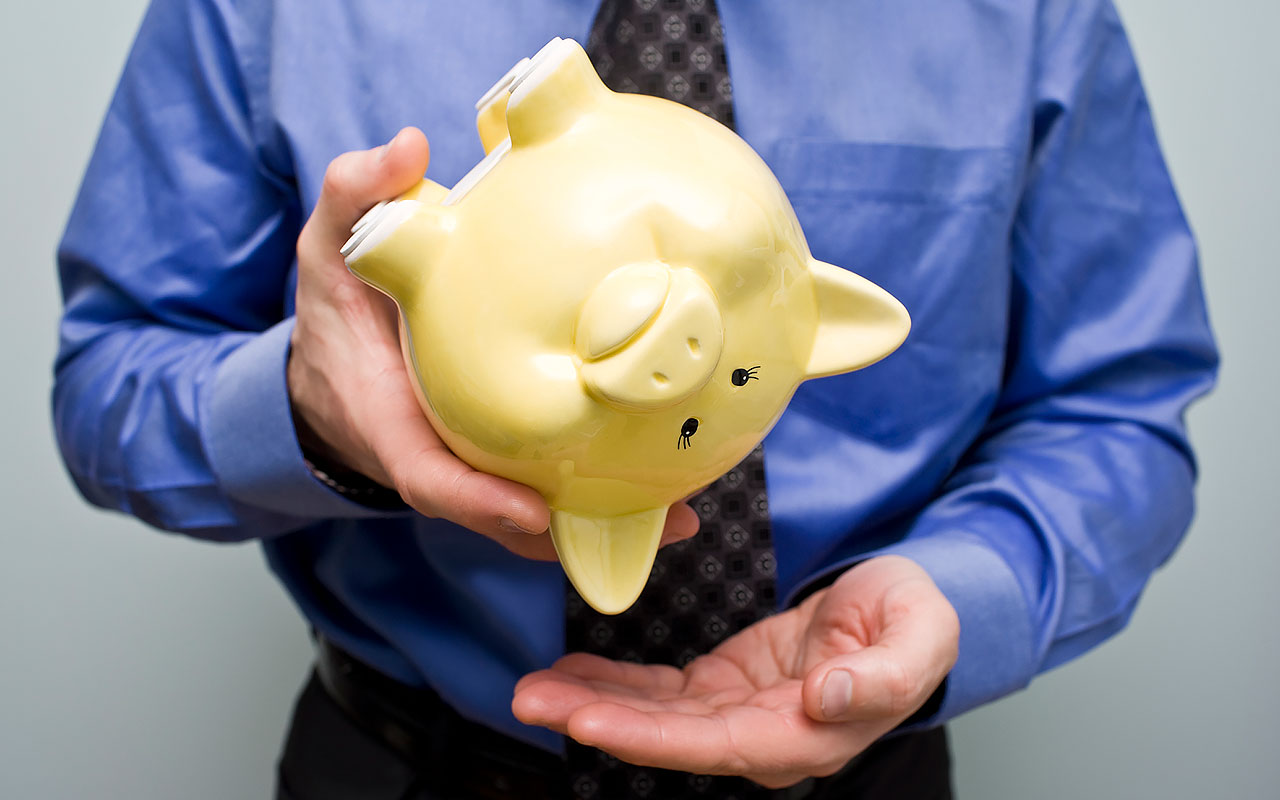
Like clockwork, a core appeal of dividend growth investing is receiving steadily higher payouts each and every year. Rising income can help retirees combat cost-of-living increases, or higher dividends can be reinvested to further increase the power of compounding.
Regardless of how the dividends are used, companies with track records of delivering strong dividend growth over many years typically possess several enduring competitive advantages. After all, to consistently pay fast-growing dividends, a firm must be conservatively managed to survive the economy’s unpredictable cycles, generate a growing stream of cash flow over time and remain committed to returning capital to shareholders.
However, the world is constantly changing, reshuffling the market’s winners and losers, as well as the best stocks to buy for future dividend growth.
The 10 dividend stocks identified here have good if not downright impressive payout track records. Some have made uninterrupted payouts for over a century, and others have compounded their dividends by more than 20% annually over the last decade.
However, they all have one thing in common: their dividends are either now frozen or expected to grow at a very slow pace over the next several years. A few of their dividends could even be at risk of a reduction, should conditions deteriorate further. Investors interested in strong and immediate dividend growth may want to avoid some of these companies, though a couple may bear watching until an eventual return to more meaningful dividend expansion.
Data is as of April 6, 2018. Dividend yields are calculated by annualizing the most recent quarterly payout and dividing by the share price. Click on ticker-symbol links in each slide for current share prices and more. Brian Bollinger is the President of Simply Safe Dividends, a provider of online tools and research used by thousands of dividend investors to generate safe retirement income.
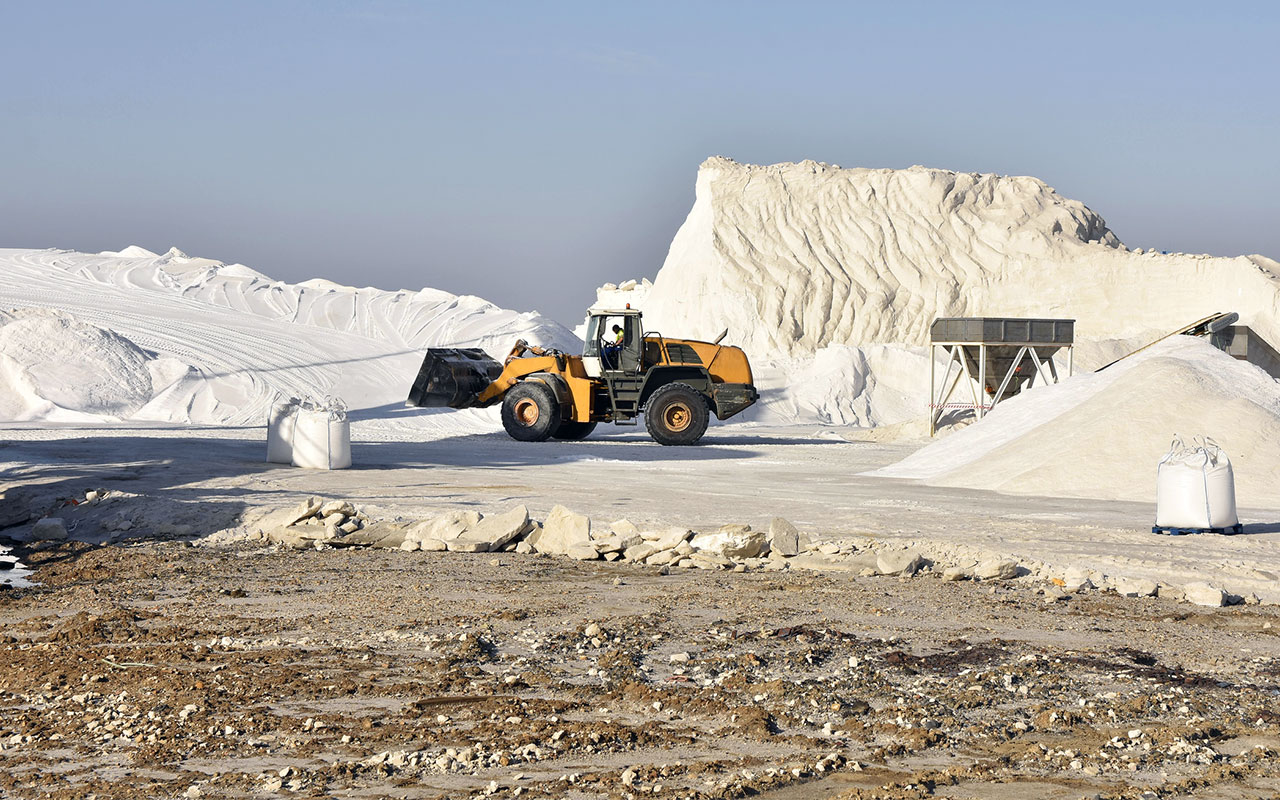
Compass Minerals
- Market value: $2.1 billion
- Dividend yield: 4.6%
Some companies are more dependent on factors outside of their control than others, which can result in less predictable earnings and dividend growth.
Despite increasing its dividend for 14 consecutive years, including 8% annualized dividend growth over the last decade, Compass Minerals (CMP, $62.40) has stumbled upon hard times and decided to freeze its current quarterly dividend.
Compass Minerals generated 57% of its 2017 revenue from selling salt (mostly for highway deicing) and the remainder from specialty plant nutrition minerals used to improve the yield of various crops. The company’s salt business has been hurt by unseasonably mild winter conditions the last few years, however, which caused fiscal 2017 adjusted operating earnings to decline 12%.
Meanwhile, the company has been aggressively pursuing growth projects to expand its production capacity and diversify its sensitivity to winter weather. As part of this plan, Compass Minerals agreed to acquire the remaining 65% of Brazilian specialty plant nutrition firm Produquímica for nearly $500 million in 2016.
The company’s balance sheet was stretched to finance these investments, and the North American agriculture business came under pressure as specialty fertilizer prices slumped. CMP’s payout ratio spiked above 100% in 2017, putting even more pressure on the company’s ability to deleverage as it deals with volatile weather patterns and crop prices.
Needless to say, management’s decision to freeze the current dividend appears prudent, and investors shouldn’t expect much in the way of dividend growth for at least the next year or two.
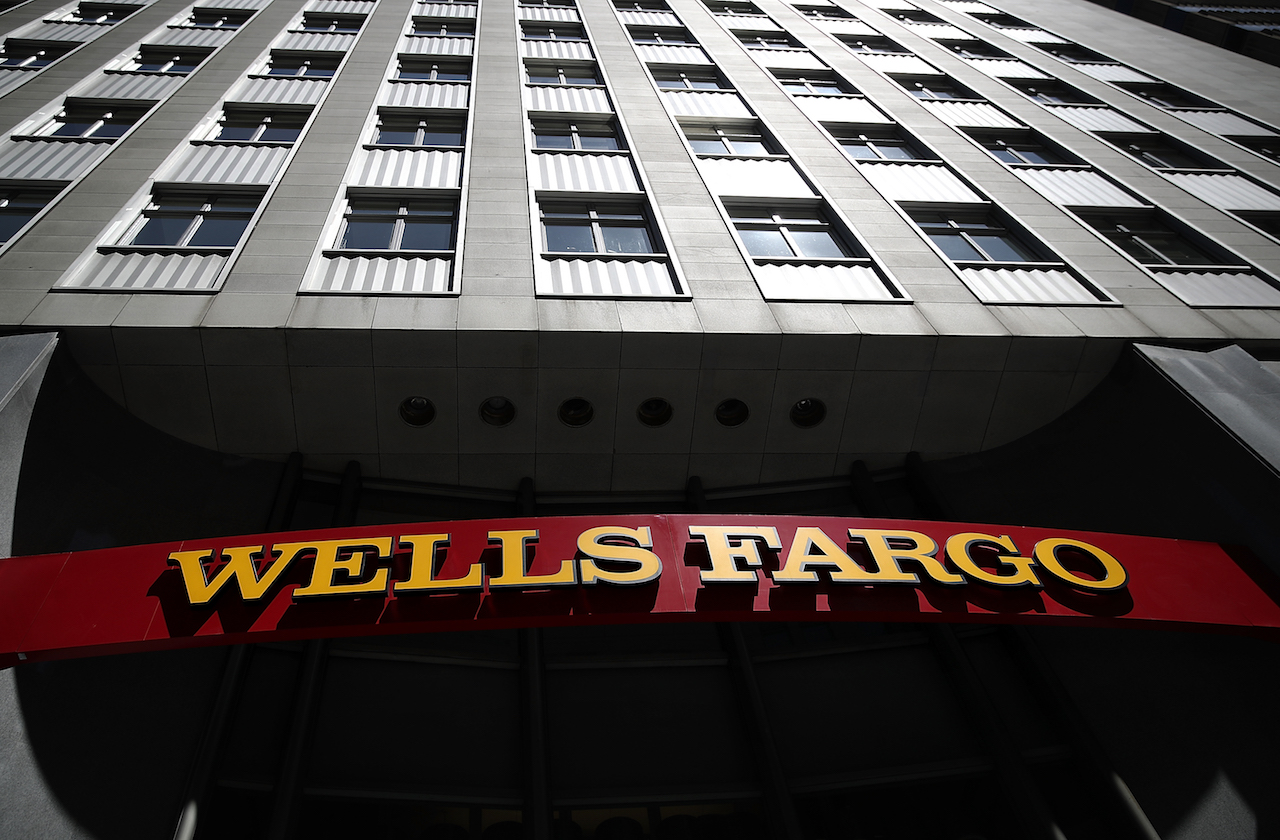
Wells Fargo
- Market value: $258.3 billion
- Dividend yield: 3.0%
- Wells Fargo (WFC, $52.23) can’t seem to catch a break these days. While the bank had long been known for its conservatism and reputation for avoiding many of the scandals that tarnished its rivals, everything changed in the third quarter of 2016.
Specifically, it was brought to light that the bank had illegally opened millions of accounts that were not authorized by customers.
CEO John Stumpf resigned and was replaced by COO Tim Sloan, the bank was fined a couple hundred million dollars, and Wells Fargo incurred several billion dollars of legal expenses in 2017.
The bank has since ended its cross-selling quota system, which could reduce its long-term growth rate, and the Federal Reserve, which regulates U.S. banks, took unprecedented action to punish Wells Fargo further. In February 2018, the Fed announced that WFC must replace four of its board members by the end of the year and would be restricted from growing any larger than its total asset size as of the end of 2017 until it makes sufficient improvements to its business practices.
The good news is that the Fed’s actions are not expected to affect the bank’s financial condition, and Wells Fargo’s dividend appears to remain safe.
However, Wells Fargo’s payout ratio was 38% in 2017, which is meaningfully higher than the payouts of major rivals such as JPMorgan Chase (JPM), Bank of America (BAC) and Citigroup (C).
When combined with the bank’s near-term growth challenges and regulatory scrutiny, income investors are unlikely to see much, if any, dividend growth over the new few years.
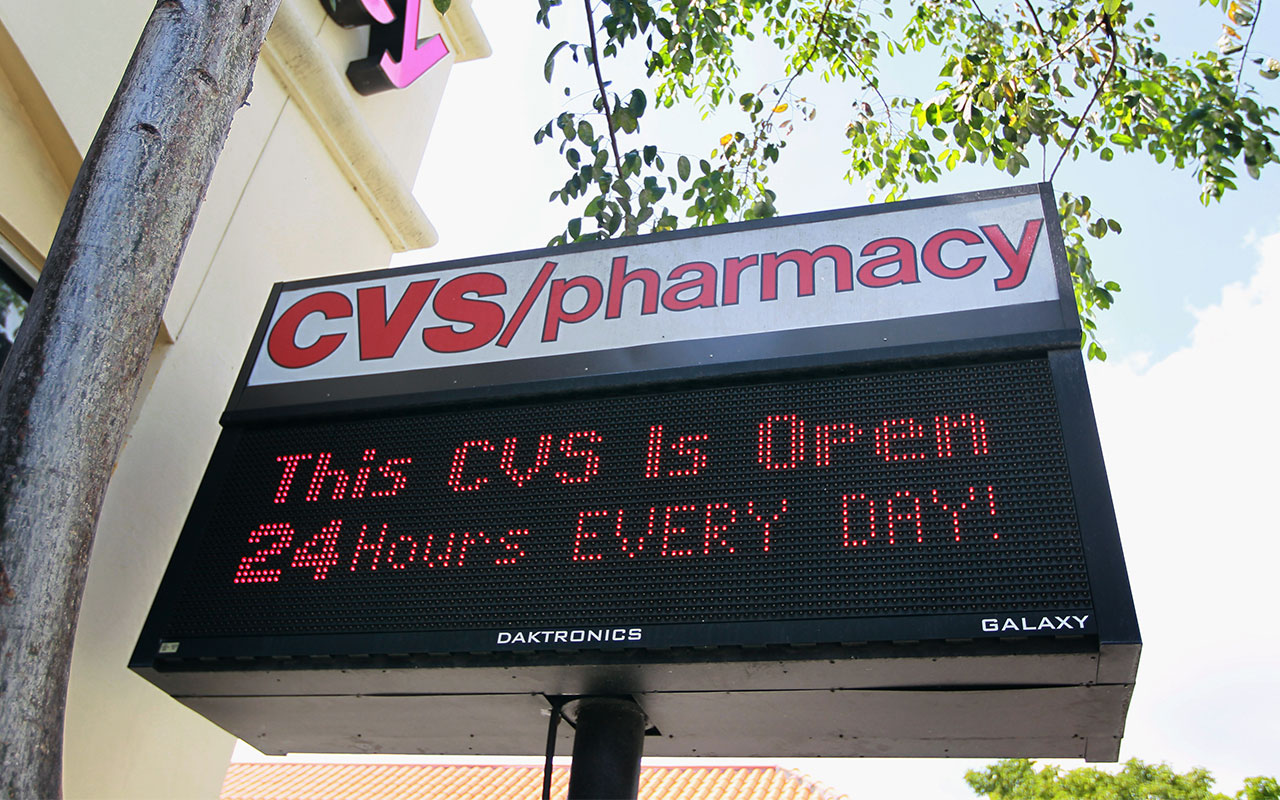
CVS Health
- Market value: $64.4 billion
- Dividend yield: 3.2%
- CVS Health (CVS, $63.38) delivered 25% annual dividend growth over the last five years and has raised its payout each year for more than a decade. But despite its impressive track record, CVS has decided to keep its dividend flat for the time being.
The healthcare industry is undergoing a number of meaningful changes, which are causing firms across the sector to adapt in many different ways. CVS is no exception.
Vishnu Lekraj, senior equity analyst at Morningstar, writes, “CVS Health has sought a strategy of expanding beyond its legacy retail pharmacy operations and become a healthcare services company.”
As the second largest pharmacy chain in the country and one of the biggest pharmacy benefits managers (PBM), CVS was already a major player in the healthcare ecosystem. However, as the medical sector focuses on becoming more efficient, management decided to make a bold move, announcing in 2017 it planned to acquire Aetna (AET), a health insurance company, for $77 billion including debt assumption.
Should regulators approve the deal, CVS’s PBM business and drugstores would benefit from gaining Aetna’s insured customers. The company also has ambitions to provide various medical services for patients directly in its store locations.
The hefty price tag to acquire Aetna will cause CVS’s leverage ratios to spike, however. Management wants to deleverage quickly while continuing to invest in its stores. Until the company’s balance sheet is restored, the dividend will remain frozen.
MORE FROM SIMPLY SAFE DIVIDENDS: Best High Dividend Stocks in April
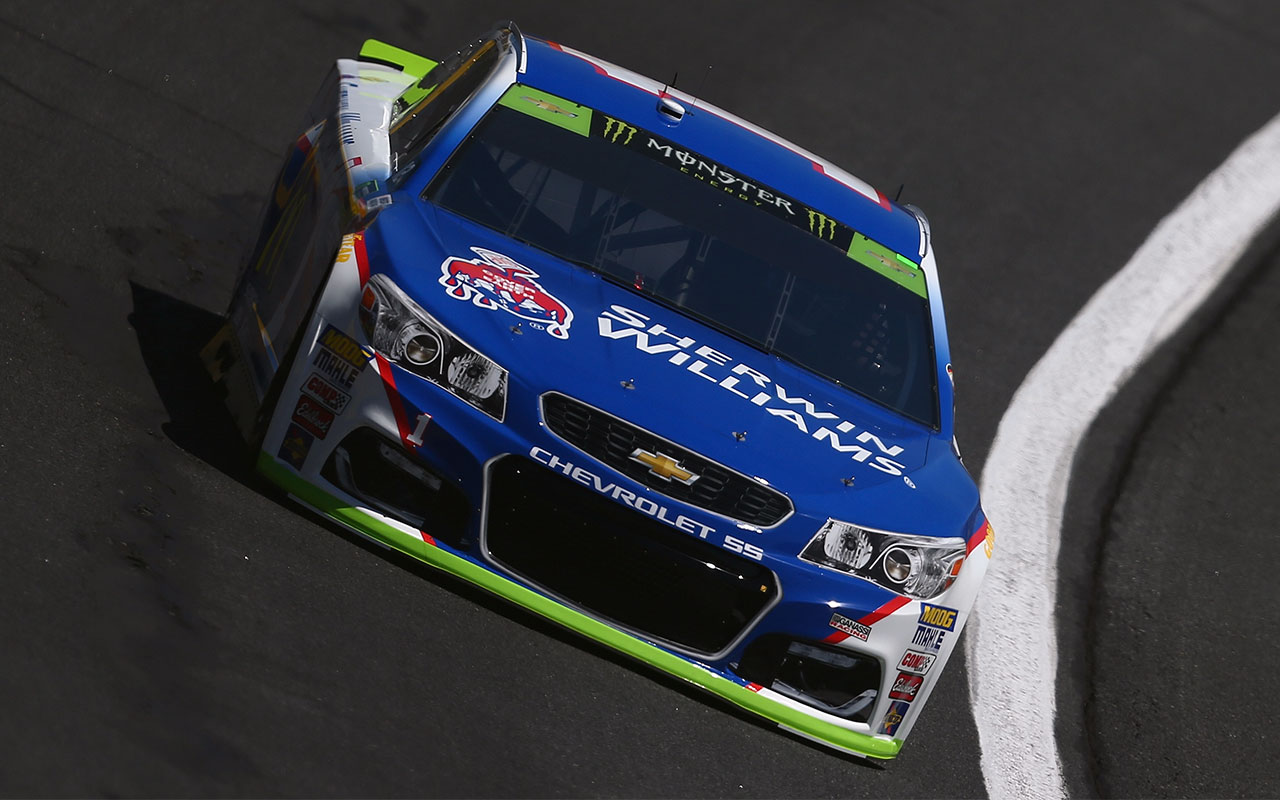
Sherwin-Williams
- Market value: $37.0 billion
- Dividend yield: 0.9%
In business since 1866, Sherwin-Williams (SHW, $385.71) has managed to raise its dividend each year since 1979 and is a member of the venerable Dividend Aristocrats group of stocks.
The company’s expertise is coatings. Through a network of over 4,000 company-operated retail stores, Sherwin-Williams provides paints and finishes to architectural and industrial contractors, as well as do-it-yourself homeowners. The firm also sells automotive finishes, protective coatings for boats, packaging coatings and more to various types of businesses.
The company has thrived over the years by offering a high-quality selection of paints in convenient locations around the country, making it a go-to destination for many contractors. And as the business expanded, Sherwin-Williams rewarded shareholders with very strong payout growth. In fact, the company’s dividend grew at an annualized rate of 11% over the last 20 years.
However, the pace of dividend growth slowed to 1% in 2017, and Sherwin-Williams announced another paltry 1% raise in February 2018.
Instead, the company is using as much cash as it can to restore its balance sheet after acquiring rival Valspar for approximately $11 billion in 2017. Valspar increases Sherwin-Williams’ distribution network in international markets, brings new coatings technologies and provides opportunity for the combined company to realize meaningful cost synergies.
Fortunately, substantial dividend growth likely will return within the next two years. Management projects the dividend will increase from $3.44 per share in 2018 to between $5.20 and $5.82 in 2020. Dividend growth investors just have to stay patient.
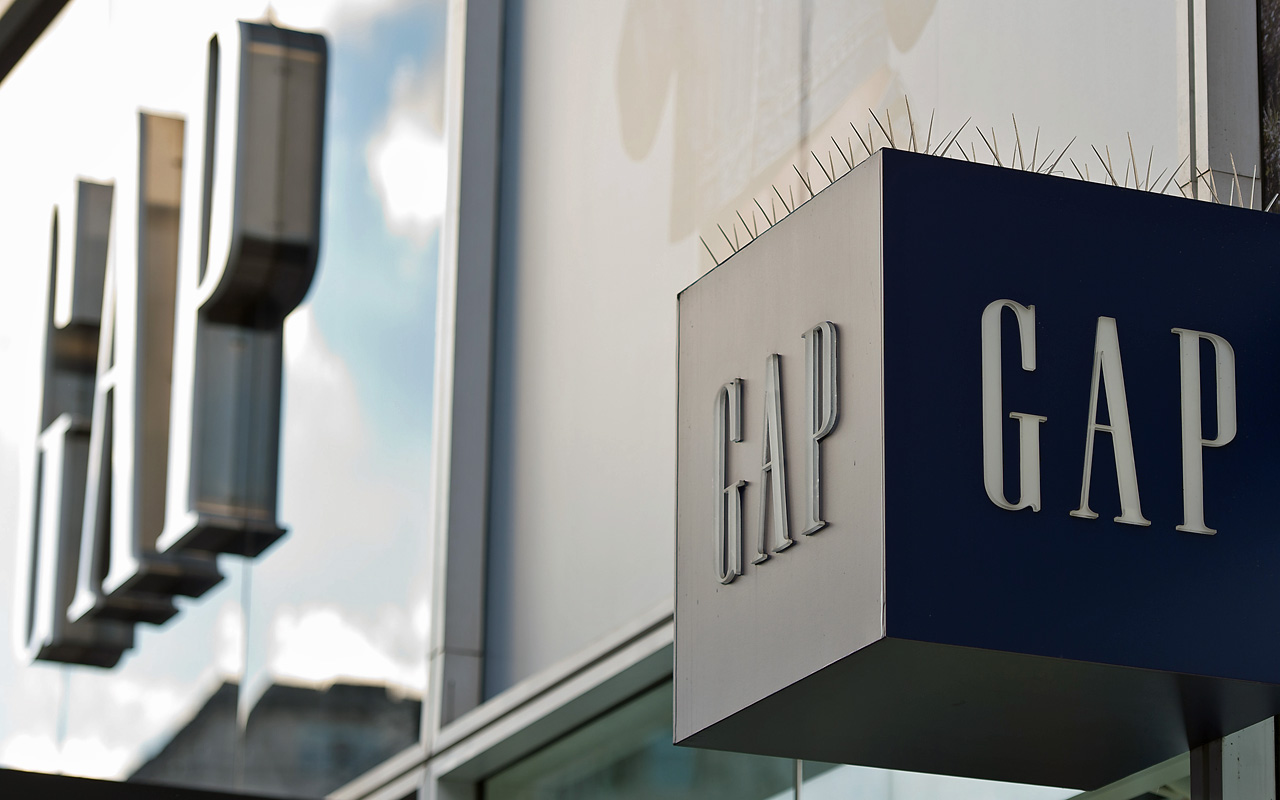
Gap
- Market value: $11.9 billion
- Dividend yield: 3.0%
- Gap (GPS, $30.84) owns about 3,200 stores under brands such as Gap, Banana Republic, Old Navy, and Athleta. As more shopping has moved online and competition from fast-fashion retailers like H&M has increased, Gap has rationalized its store count by more than 650 stores since 2005.
Apparel retail has notoriously been a tough industry to invest in due to the fickle fashion tastes of consumers. More recently, the unrelenting ascent of e-commerce has pressured a number of brick-and-mortar retailers as they struggle to adapt to an increasingly digital world.
Argus analysts John Eade and Marisa Janeczek wrote that while the company’s latest earnings results beat expectations, Gap “intends to close up to 200 Gap and Banana Republic stores, reflecting declining traffic at mall-based locations.”
On a positive note, Gap plans to open around 270 Athleta and Old Navy locations over the next three years. These concepts earn higher margins and have stronger potential for omni-channel growth.
Gap had paid stable or higher dividends for 15 years and recorded 13% annualized payout growth over the past half-decade, but management then froze the dividend in early 2015. The company recently lifted its quarterly payout by a penny, representing about a 4% raise to return to some sort of growth, but investors are unlikely to see a return to double-digit dividend expansion anytime soon. Gap simply needs to continue repositioning its store portfolio and diverting cash to its e-commerce businesses to remain relevant.

Omega Healthcare
- Market value: $5.3 billion
- Dividend yield: 9.7%
Some parts of the healthcare sector are murkier and more complex than others, especially as the government seeks to create a more efficient system.
Unfortunately, Omega Healthcare’s (OHI, $26.59) business finds itself in the middle of several uncomfortable challenges. After rewarding shareholders with dividend hikes each year since 2003, including more than 20 consecutive increases to its quarterly dividend most recently, the healthcare REIT announced its payout would remain frozen in 2018 as it works through a number of difficulties.
Omega Healthcare’s core business rents skilled nursing facilities (SNFs) to 74 operators in the U.S. and U.K. Its tenants primarily receive revenues through government reimbursements of Medicare and Medicaid. As a result, the company is largely at the mercy of federal policies surrounding healthcare funding.
Changes in payment models, scrutiny of billing practices, cost inflation, and excess industry capacity have combined to pressure the industry’s rent coverage ratios in recent years.
Omega Healthcare has not been immune as several of its tenants are struggling to pay their rent on a timely basis. As a result, the company is evaluating disposing of more than $300 million of assets this year to reduce its exposure to troubled tenants, and management expects 2018 adjusted funds from operations per share to decline about 9% from 2017.
While Omega Healthcare’s dividend yield looks attractive, even without expectations for dividend growth this year, it’s not out of the question that the REIT’s payout could run into trouble over the next couple of years if industry headwinds intensify.
MORE FROM SIMPLY SAFE DIVIDENDS: Analyzing Warren Buffett’s Dividend Portfolio

General Mills
- Market value: $25.8 billion
- Dividend yield: 4.3%
- General Mills (GIS, $44.98) sells a diversified mix of packaged meals, snacks, cereal, yogurt, baking products and more under several well-known brands, including Cheerios, Yoplait, Pillsbury, Nature Valley and Betty Crocker.
With a track record of paying uninterrupted dividends for more than 115 years, General Mills has long been a favorite holding in conservative income investors’ portfolios. Besides the company’s dependable payout shareholders have also enjoyed healthy dividend growth, including 9% annualized dividend increases over the past five years.
Unfortunately, dividend growth is unlikely to resume for at least the next year, if not longer.
Despite the company’s strong market share positions in core food categories Morningstar equity analyst Sonia Vora thinks the company’s “exposure to the center store, which has faced declining traffic the past several years as consumers increasingly shop for fresher alternatives in the perimeter, has pressured its brand intangible assets.”
The company has struggled to achieve meaningful organic sales growth in recent years as consumers’ increasing preference for fresher, healthier foods has pressured several of General Mills’ core product categories.
To help accelerate growth, in February 2018 the company announced plans to acquire natural pet food company Blue Buffalo for $8 billion. This deal significantly increases General Mills’ leverage ratios, so the company is very focused on restoring its balance sheet to maintain its credit rating.
As a result, management suspended its current share buyback program and announced plans to maintain, rather than grow, its quarterly dividend. When combined with the headwinds General Mills faces in the center of the grocery store, shareholders shouldn’t expect any meaningful income growth for a while.
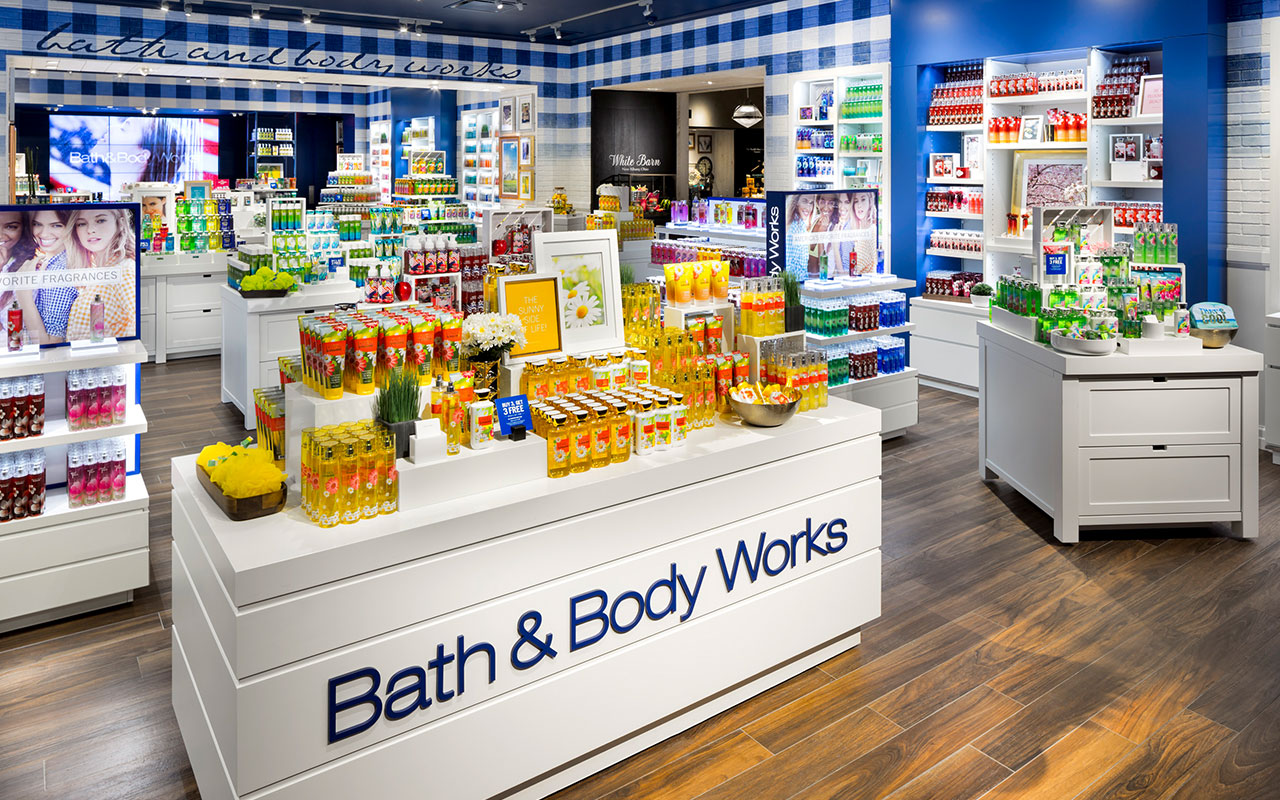
L Brands
- Market value: $10.7 billion
- Dividend yield: 6.3%
Mall retailers have had a tough go in recent years, driven largely by changing consumer preferences favoring online shopping. L Brands (LB, $38.20) which owns more than 1,200 Victoria’s Secret and over 1,600 Bath & Body Works stores, had actually been performing relatively well until late 2016.
The specialty apparel retailer saw its same-store sales growth drop to 0% during its fourth fiscal quarter of 2016, then plunge 9% in the first quarter of 2017, driven by a slump at Victoria’s Secret. Fiscal 2017 same-store sales ultimately fell 3%, with Victoria’s Secret down 8%.
With earnings slipping and management having aggressively raised the dividend by 19% annually over the last five years, L Brands’ payout ratio hit 75% last fiscal year.
As a result, management has decided to keep L Brands’ dividend payment frozen since June 2016 to preserve the company’s financial flexibility as it looks to rejuvenate top line growth.
However, with mall traffic generally under pressure and competition only growing in the affordable lingerie category, L Brands certainly has its work cut out for it. Should conditions deteriorate further, the company’s track record of paying uninterrupted dividends for more than 25 years could even be jeopardized.
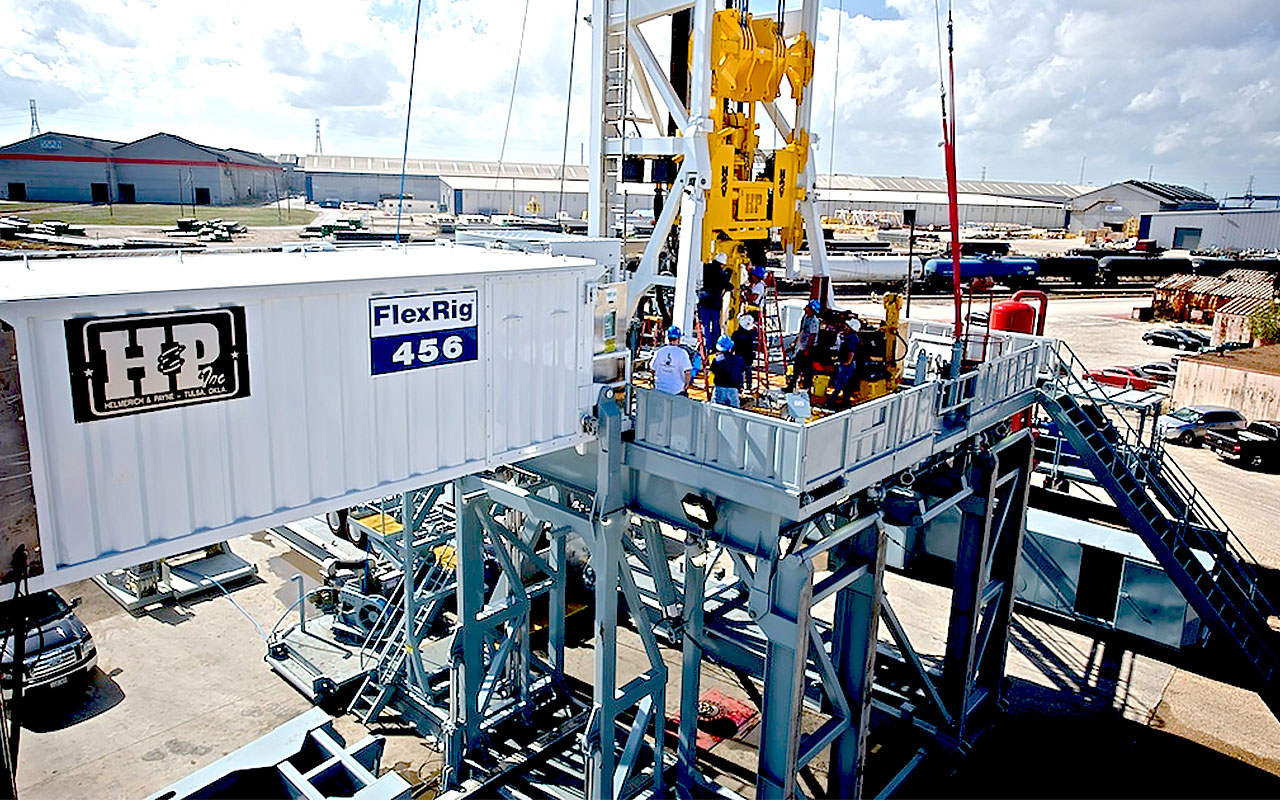
Helmerich & Payne
- Market value: $7.2 billion
- Dividend yield: 4.3%
- Helmerich & Payne (HP, $65.45) specializes in contract drilling of wells for oil and gas exploration and production companies. While the company arguably has some of the best technology in the industry, part of the challenge in this sector is dealing with the unpredictable swings in energy prices.
When oil and gas prices are high, producers have greater incentive to drill and utilize Hemerich & Payne’s equipment. However, with the price of WTI crude oil remaining more than 30% below its 2014 peak, conditions have been challenging to say the least.
Per Baker Hughes, the number of North American oil rigs has dropped from 1,609 in October 2014 to 808 today, roughly a 50% reduction. Should the price of oil remain relatively low, weighing on rig utilization and day rates, Helmerich & Payne’s days of earning high margins could be over.
Despite the company’s struggles to turn a profit, management has maintained a pristine balance sheet, which has allowed Helmerich & Payne to maintain its quarterly dividend. However, the payout has been frozen since the second half of 2016, and investors should not expect a return to robust payout growth anytime soon.

Harley-Davidson
- Market value: $7.1 billion
- Dividend yield: 3.5%
Dividend growth doesn’t get much slower than a half-a-penny increase. That’s exactly how much Harley-Davidson (HOG, $42.19) boosted its quarterly dividend in February 2018, representing a 1% raise and major deceleration compared to the firm’s five-year annualized dividend growth rate of 19%.
Why the change at this iconic American manufacturer?
Simply put, consumers around the globe are buying fewer motorcycles. U.S. retail sales of motorcycles slumped 8.5% in fiscal 2017, and global bike sales dropped 6.7%, the company says. Management believes global sales in 2018 will decrease as much as 5%. With the company’s brand equity and profitability tied to the popularity of motorcycles, this is an alarming trend.
Should the decline in motorcycles prove to be a structural and long-lasting change, rather than a cyclical headwind, the company will face tough challenges to reinvent itself.
For now, Harley-Davidson is closing manufacturing plants and squeezing out cost savings where it can. The company’s payout ratio sits near 40%, likely providing enough flexibility to keep the dividend on solid ground, but even moderate payout growth from here seems unlikely given the uncertainties facing this business.
Brian Bollinger was long GIS and WFC as of this writing.
Profit and prosper with the best of Kiplinger's advice on investing, taxes, retirement, personal finance and much more. Delivered daily. Enter your email in the box and click Sign Me Up.

Brian Bollinger is President of Simply Safe Dividends, a company that provides online tools and research designed to help investors generate safe retirement income from dividend stocks without the high fees associated with many other financial products.
-
 CD Maturing Soon? Here's What to Do Next
CD Maturing Soon? Here's What to Do NextThese strategies of what to do when you have a CD maturing soon will have you maximizing returns even with rate cuts.
-
 How to Make 2026 Your Best Year Yet for Retirement Savings
How to Make 2026 Your Best Year Yet for Retirement SavingsMake 2026 the year you stop coasting and start supercharging your retirement savings.
-
 You Saved for Retirement: 4 Pressing FAQs Now
You Saved for Retirement: 4 Pressing FAQs NowSaving for retirement is just one step. Now, you have to figure out how to spend and maintain funds. Here are four frequently asked questions at this stage.
-
 What Fed Rate Cuts Mean For Fixed-Income Investors
What Fed Rate Cuts Mean For Fixed-Income InvestorsThe Fed's rate-cutting campaign has the fixed-income market set for an encore of Q4 2024.
-
 The Most Tax-Friendly States for Investing in 2025 (Hint: There Are Two)
The Most Tax-Friendly States for Investing in 2025 (Hint: There Are Two)State Taxes Living in one of these places could lower your 2025 investment taxes — especially if you invest in real estate.
-
 The Final Countdown for Retirees with Investment Income
The Final Countdown for Retirees with Investment IncomeRetirement Tax Don’t assume Social Security withholding is enough. Some retirement income may require a quarterly estimated tax payment by the September 15 deadline.
-
 What to Do With Your Tax Refund: 6 Ways to Bring Growth
What to Do With Your Tax Refund: 6 Ways to Bring GrowthUse your 2024 tax refund to boost short-term or long-term financial goals by putting it in one of these six places.
-
 What Does Medicare Not Cover? Eight Things You Should Know
What Does Medicare Not Cover? Eight Things You Should KnowMedicare Part A and Part B leave gaps in your healthcare coverage. But Medicare Advantage has problems, too.
-
 12 Great Places to Retire in the Midwest
12 Great Places to Retire in the MidwestPlaces to live Here are our retirement picks in the 12 midwestern states.
-
 15 Cheapest Small Towns to Live In
15 Cheapest Small Towns to Live InThe cheapest small towns might not be for everyone, but their charms can make them the best places to live for plenty of folks.
-
 15 Reasons You'll Regret an RV in Retirement
15 Reasons You'll Regret an RV in RetirementMaking Your Money Last Here's why you might regret an RV in retirement. RV-savvy retirees talk about the downsides of spending retirement in a motorhome, travel trailer, fifth wheel, or other recreational vehicle.
